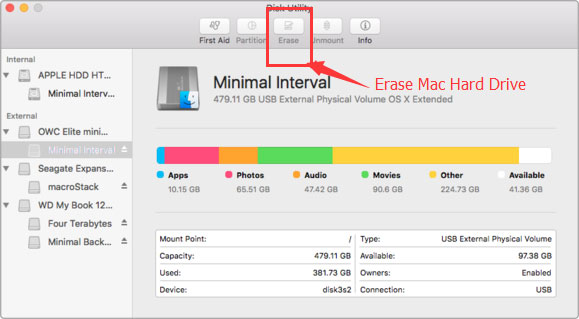

Now that you have entered Recovery Mode on your Mac, it is time to reinstall the OS of the computer. Reinstalling macOS Big Sur from Recovery Mode If your Mac requires you to log in to any of your Mac accounts, select an account you know the password for and that has Admin privileges.

Keep holding them until the Apple logo (or another image) gets displayed on the screen. Then start the computer and immediately after that hold down the Command ⌘ + R keys from the keyboard. Macs with Intel processors: Make sure that your Mac is connected to the Internet and turn it off.Now select the Options icon and click on Continue. Macs with Apple Silicon processors: With the computer turned off, press and hold down the Power Button, wait for the Startup Options screen to get displayed on your screen, and then release the button.Depending on which one of the these two your Mac has, do either of the following: If instead of that there is a “ Processor” entry followed by the specific processor model, it means that your Mac is equipped with an Intel processor. If you see an entry labeled Chip with the model of the chip written after it, this means that your Mac is with an Apple Silicon processor. To find out the type of processor that your Mac has, click on the Apple Menu, select About this Mac, and look at the information in the window that opens. In the macOS Recovery Mode, you can use the Time Machine backup tool, get online help for your problem, erase the hard drive of your Mac, reinstall your macOS, and more.Įntering Recovery Mode is a bit different depending on whether your Mac has an Apple Silicon or an Intel processor. MacOS Recovery is a special mode that gives you access to different system repair tools that can help you deal with different issues that your Mac has. Additional options and tips for installing/reinstalling macOS.Reinstalling macOS Big Sur from Recovery Mode.


 0 kommentar(er)
0 kommentar(er)
